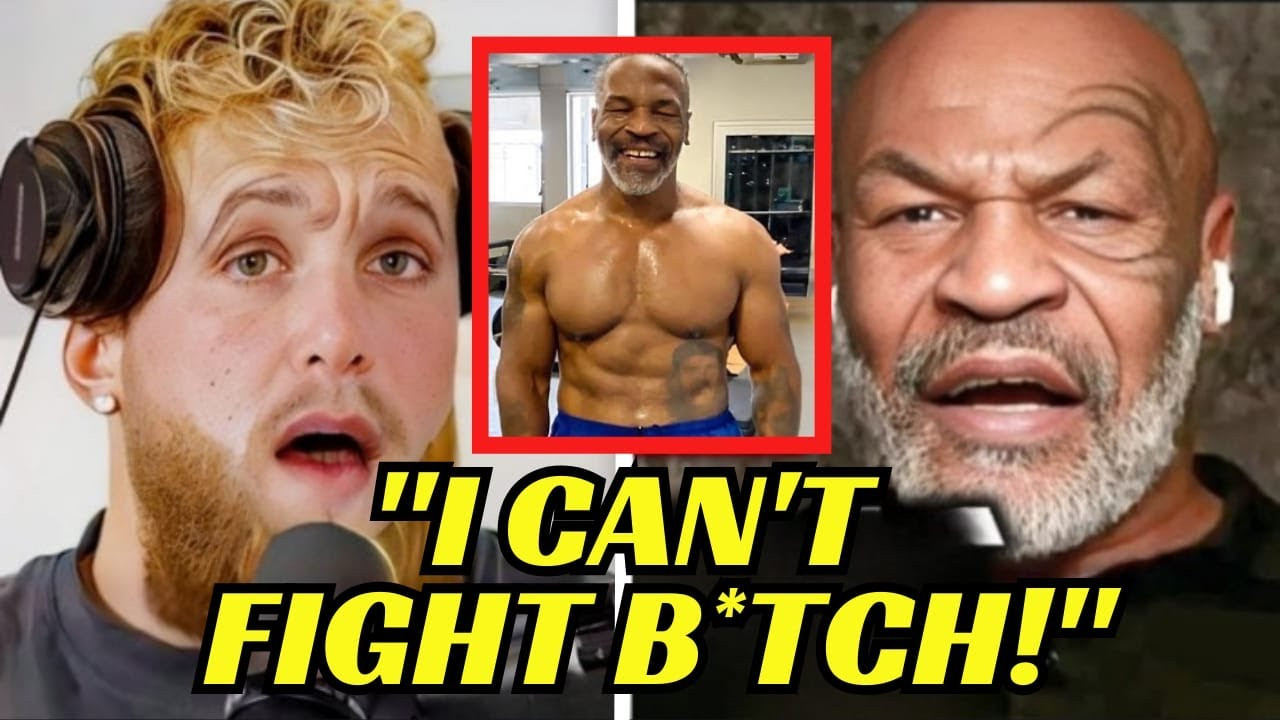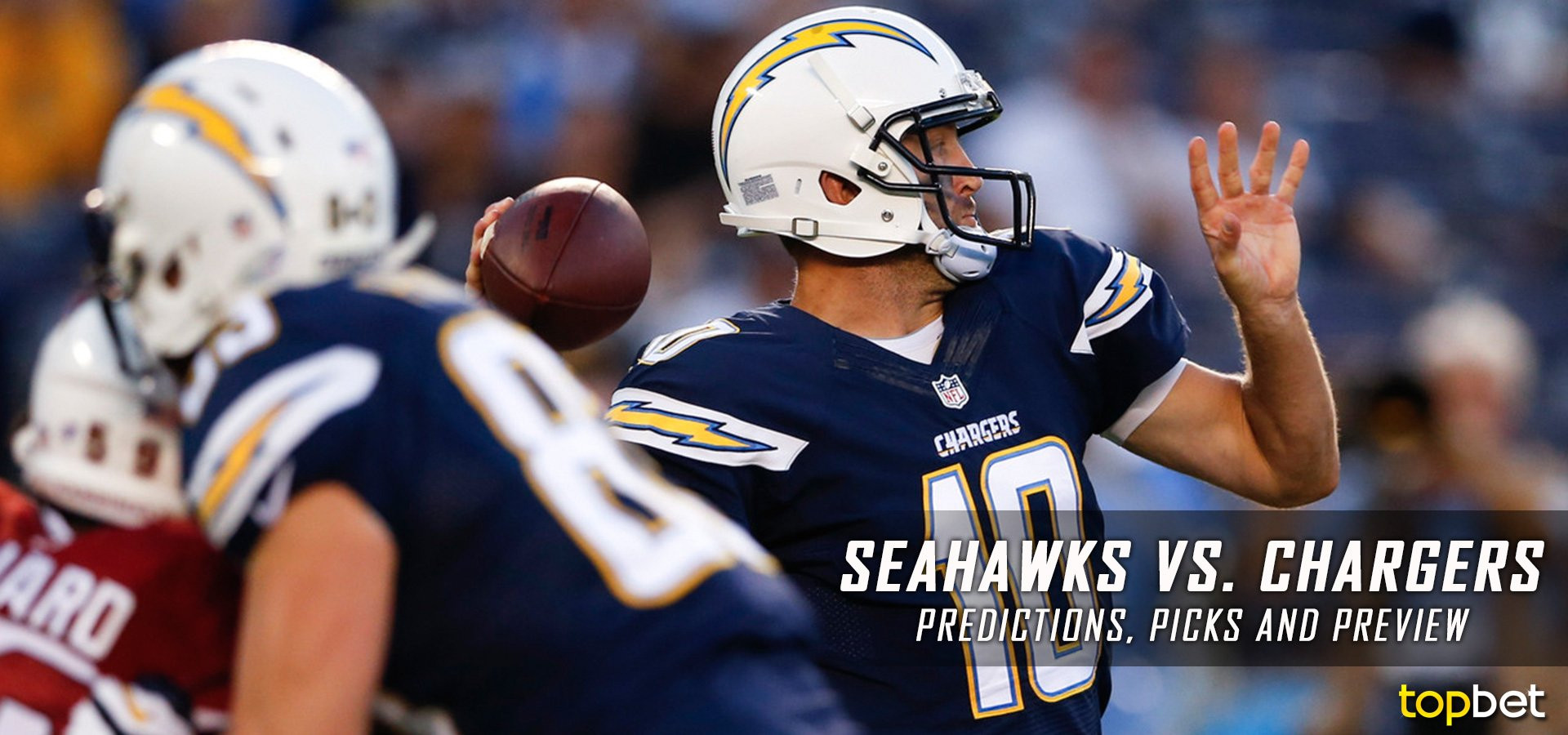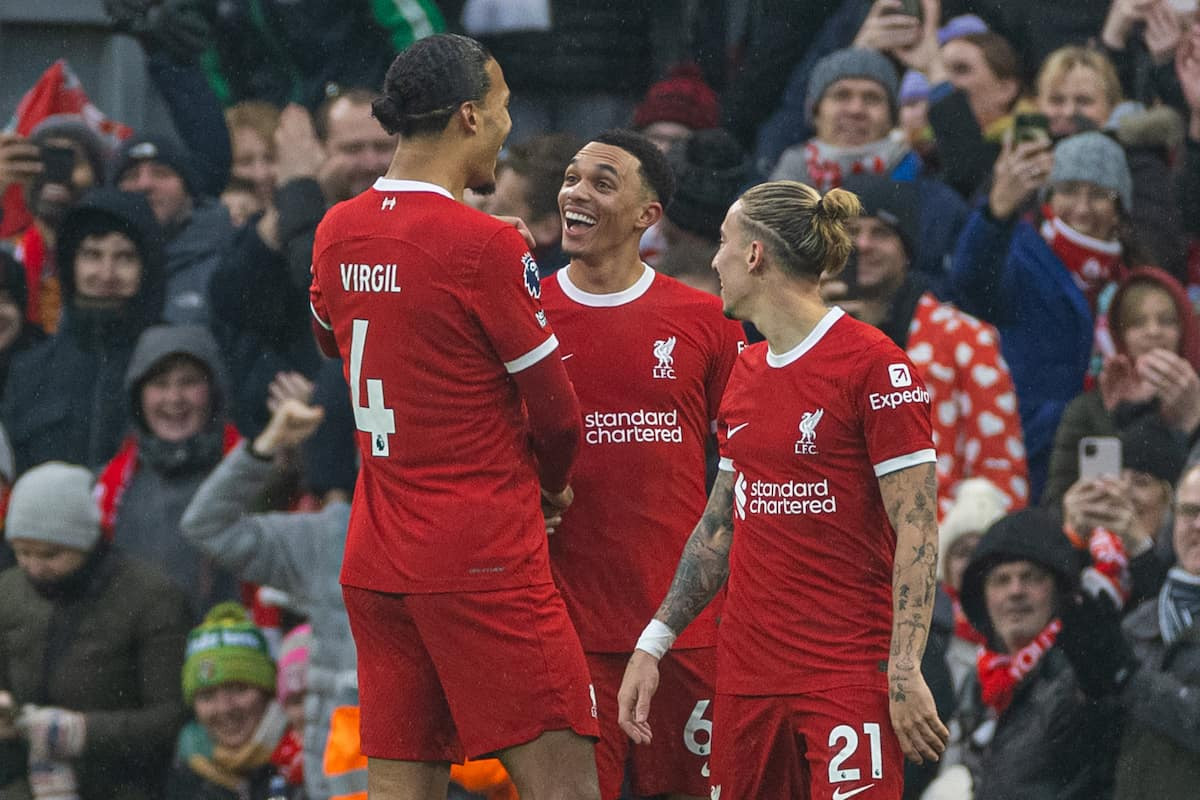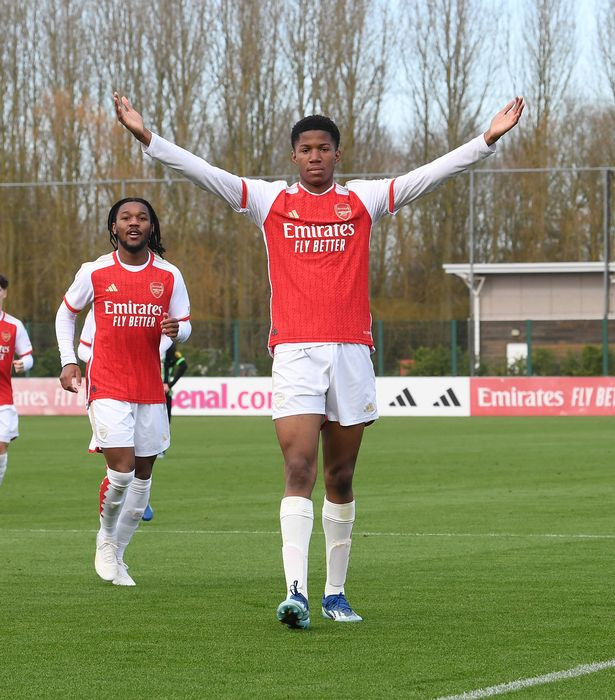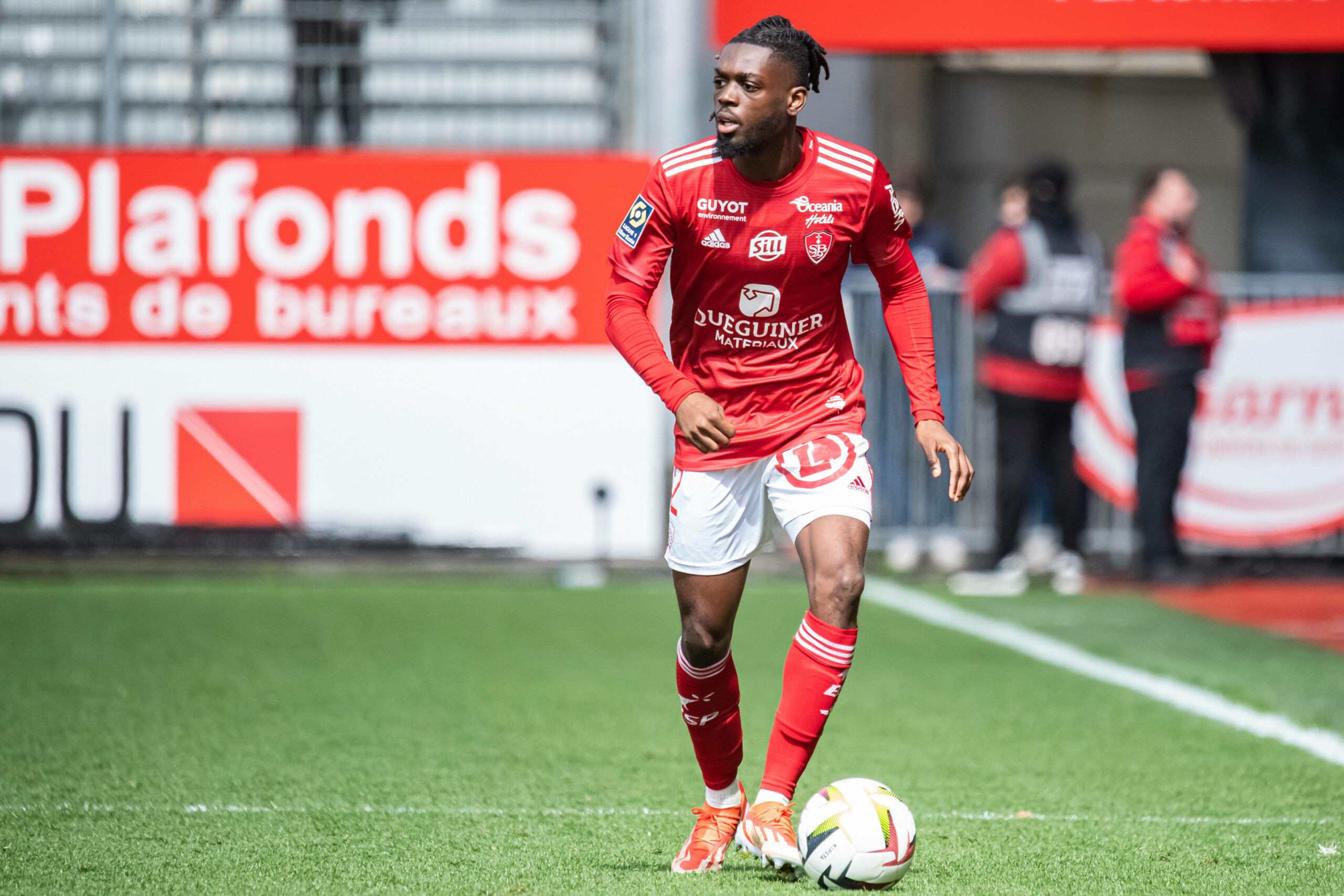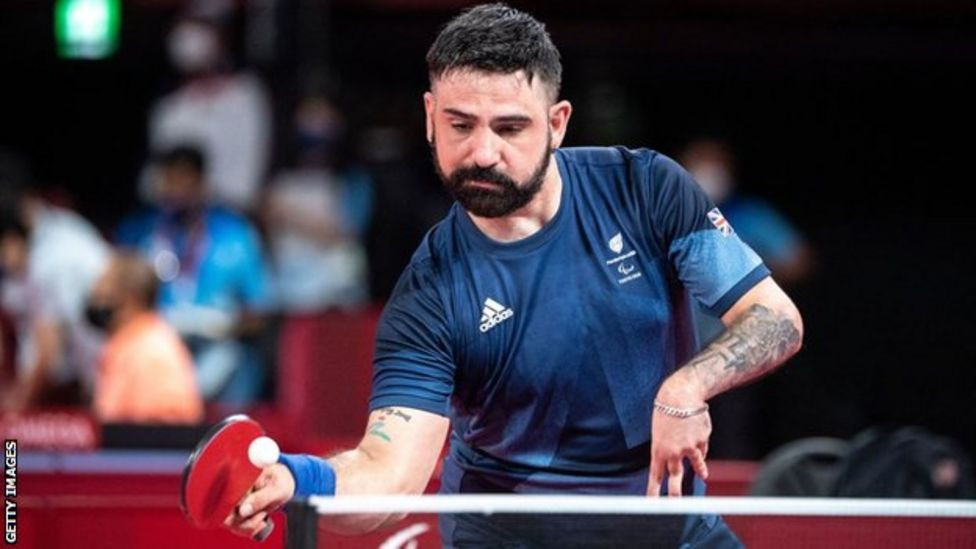Mike Tyson said that "the devil himself" would show up Friday night in his boxing match against Jake Paul. He gave Paul a preview at Thursday's weigh-in.
After Tyson weighed in at 233 pounds, he approached Paul for the final stare-down before Friday's clash at AT&T Stadium. Paul, who weighed a career-high 220 pounds, darted forward from a crawling stance to get up close and personal to the former heavyweight champion.
In response to Paul, 27, entering his personal space, Tyson unleashed an open-handed slap that connected flush on Paul's face. The two were quickly separated by security as Paul played to the crowd, mocked Tyson and laughed at him.
Tyson's demeanor has shifted over the past several days. He was talkative during Tuesday's open workouts but appeared much more subdued at Wednesday's news conference, offering short answers to questions from the media. By Thursday, he seemed to have had enough of the talking and was ready for action.
How that translates to Friday's bout is anyone's guess, but the slap has only heightened anticipation for the generational clash between the iconic boxer and the YouTuber-turned-prizefighter.
The Fight and the Risks
Competing at the highest level presents challenges as athletes age, with physical and mental fitness tougher to regain. But in a sport like boxing, it also provides challenges neurologically.
Given his whole professional life has been predicated on being hit in the head, Tyson could be at a higher risk of neurological damage when he steps back into the ring, according to Dr. Nitin K Sethi – clinical associate professor of neurology at Weill Cornell Medical College.
In particular, boxing commissions often categorize fighters as being at a “high risk” of sustaining further injuries if they are fighting over the age of 40.
“When you talk about fighters who are now above the age of 40, you worry about two things,” Sethi, who also works as a ringside physician, told CNN. “One, I worry about the fighting in the ring itself, because is that fighter more predisposed to getting a severe traumatic brain injury under my watch while in the ring because of his or her age?
“The second thing I worry about is, this is a fighter who was had many, many years of professional boxing under his or her belt. You worry about the chronic neurological injuries.”
Boxing and Brain Injuries
As Sethi explains, boxing is “unique.” The concept of a sport in which the objective is to punch the opponent – primarily in the head – and cause a knockout means boxing comes with very specific health concerns.
Sethi, in his role as a ringside physician where he is accustomed to evaluating the fitness of the fighters in the ring, sees firsthand the regularity with which concussions occur in boxing. He says that if he steps in and stops a fight every time he sees a boxer show concussion-like-symptoms, “there’ll be no boxing at all.”
But the true danger of the sport doesn’t solely come from the big, explosive knockouts which get fans on their feet. Long-term repercussions can originate from the repeated blows to the head boxers sustain throughout a fight and during the training process.
“When you have somebody whose profession is receiving numerous head impact exposures – both during training, sparring, and when in the ring – these head injuries and head impact exposures add up,” Sethi said. “That’s why when you talk about chronic neurological injuries in boxing, I personally feel that that’s the bigger problem.”
However, unlike the knockouts and obvious concussive signs, the cumulative effect of these long-term blows only appears after the “bright lights are not shining on them, so nobody cares,” Sethi explained.
The Long-Term Implications
Boxers can develop symptoms or conditions such as an inability to sleep, chronic dizziness, chronic post concussive symptoms, chronic Parkinsonian signs, and chronic traumatic encephalopathy (CTE) long after they retire.
But Sethi believes equal attention should be paid to the impact repeated blows to the head can have on a boxer’s brain during their career, and learning how to protect them from long-term neurological issues.
And being susceptible to neurological complications only increases with age.
For example, the New York State Athletic Commission’s medical standards manual lists numerous factors which can categorize boxers as “high-risk combatants” such as if they are over the age of 40 and have had over a year of inactivity after the start of their professional career, amongst others.
Plenty of boxers have continued to fight past the age of 40, with legends such as Sugar Ray Robinson, George Foreman, Evander Holyfield and Larry Holmes all fighting beyond that point.
“The reason 40 is used as a cutoff is because there’s concern raised that when you have older fighters entering the ring or cage, they are more susceptible to either getting hurt or, for example, an older brain handles a concussion less (well) than, for example, a younger brain,” Sethi explains.
“You can look at it both ways. One is what is the propensity that they will get hurt. And then it’s even if they suffer the injury, is it the fact that age itself is detrimental in the healing process?”
Tyson falls into both of those categories, as he’ll be fighting at the age of 58 and has not fought professionally since 2005.
The Debate Over Boxing
For all of its obvious health risks, boxing has faced opposition, and some medical associations – including the World Medical Association – around the world have taken it upon themselves to call for boxing to be banned altogether.
But despite those calls, it remains one of the most popular sports in the world, for obvious reasons. The explosive nature of the sport, the storylines and the colorful personalities make it must-watch TV at times.
Tyson has brought all of that to boxing over his lengthy and often controversial career, but when he steps into the ring on Friday, the neurological impact he could feel might outweigh the positives.




